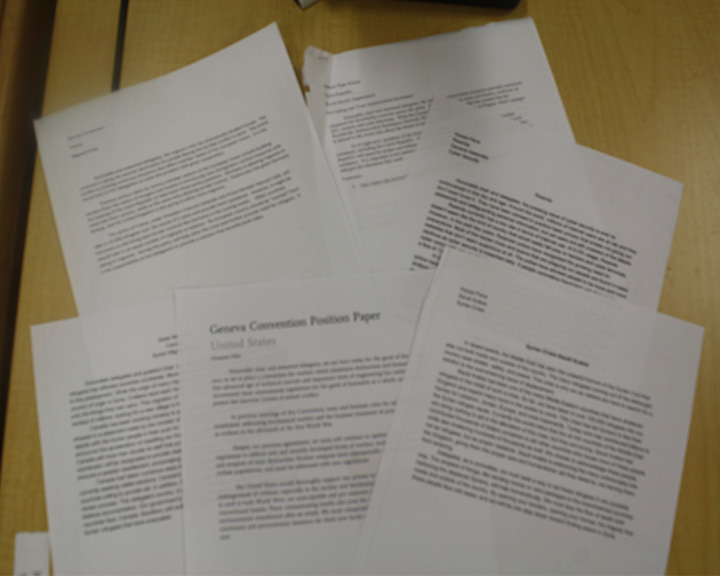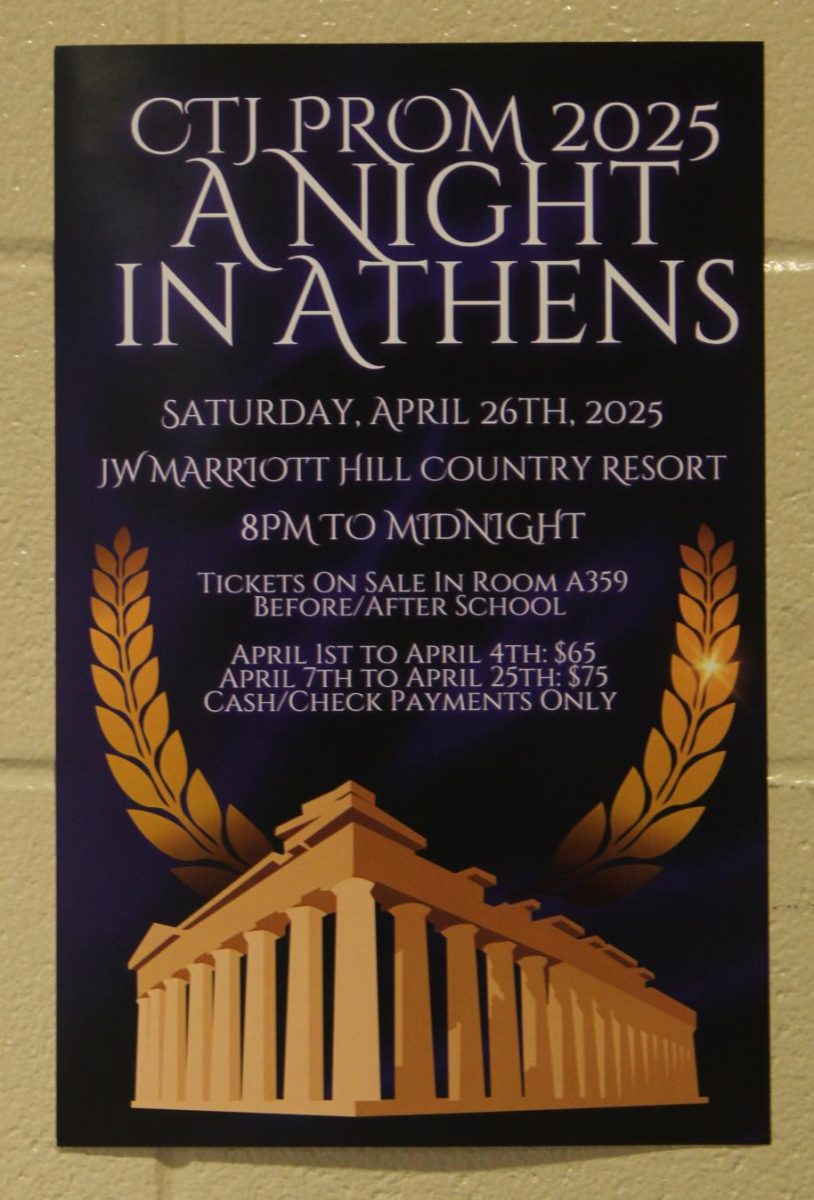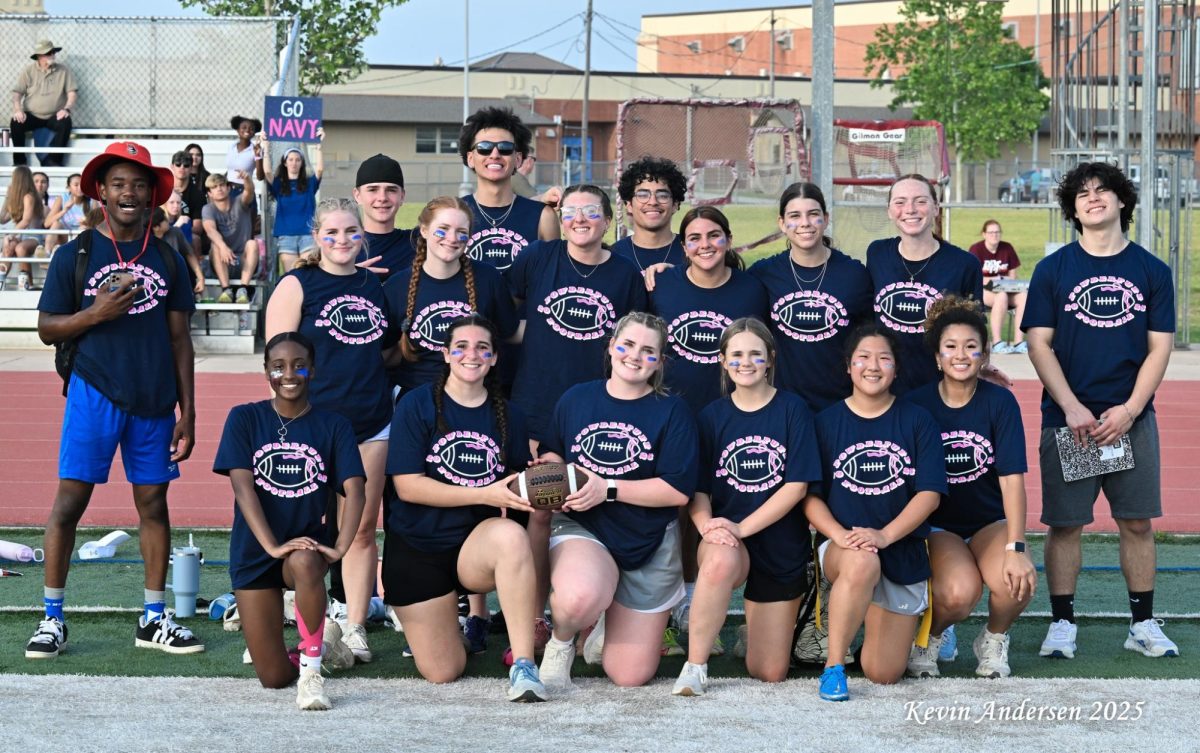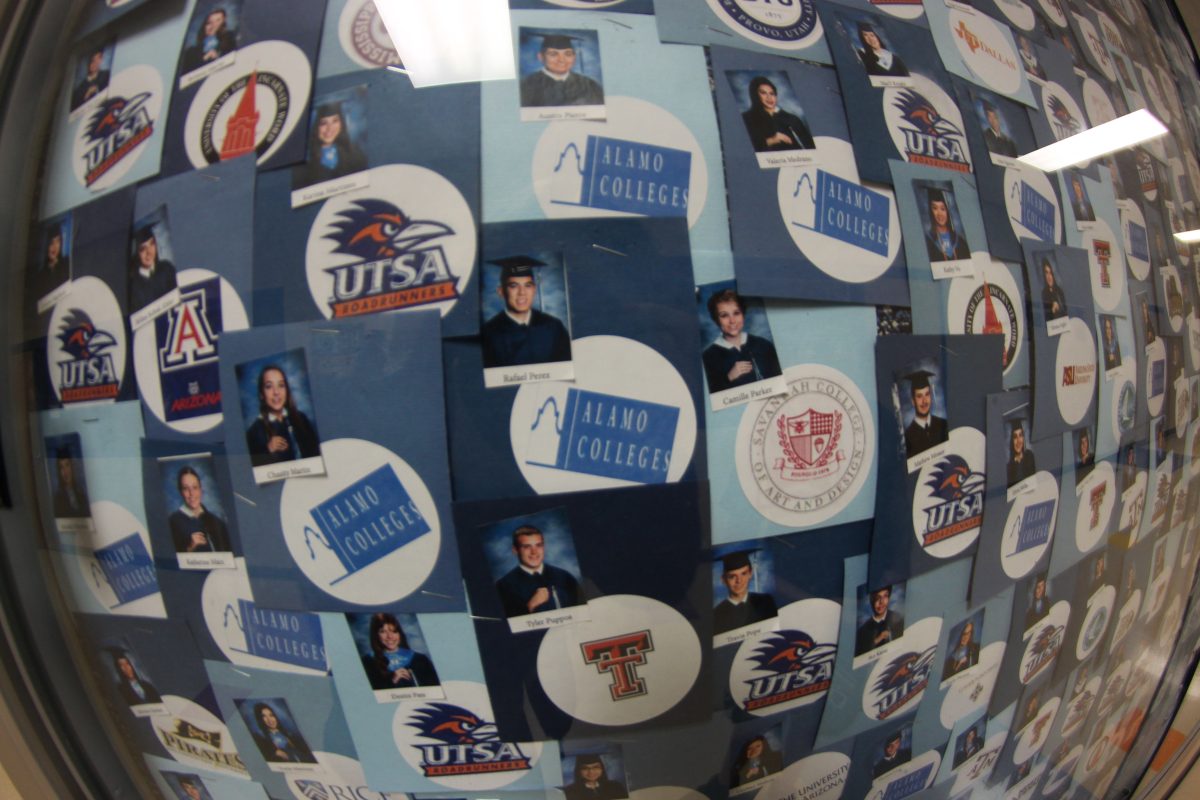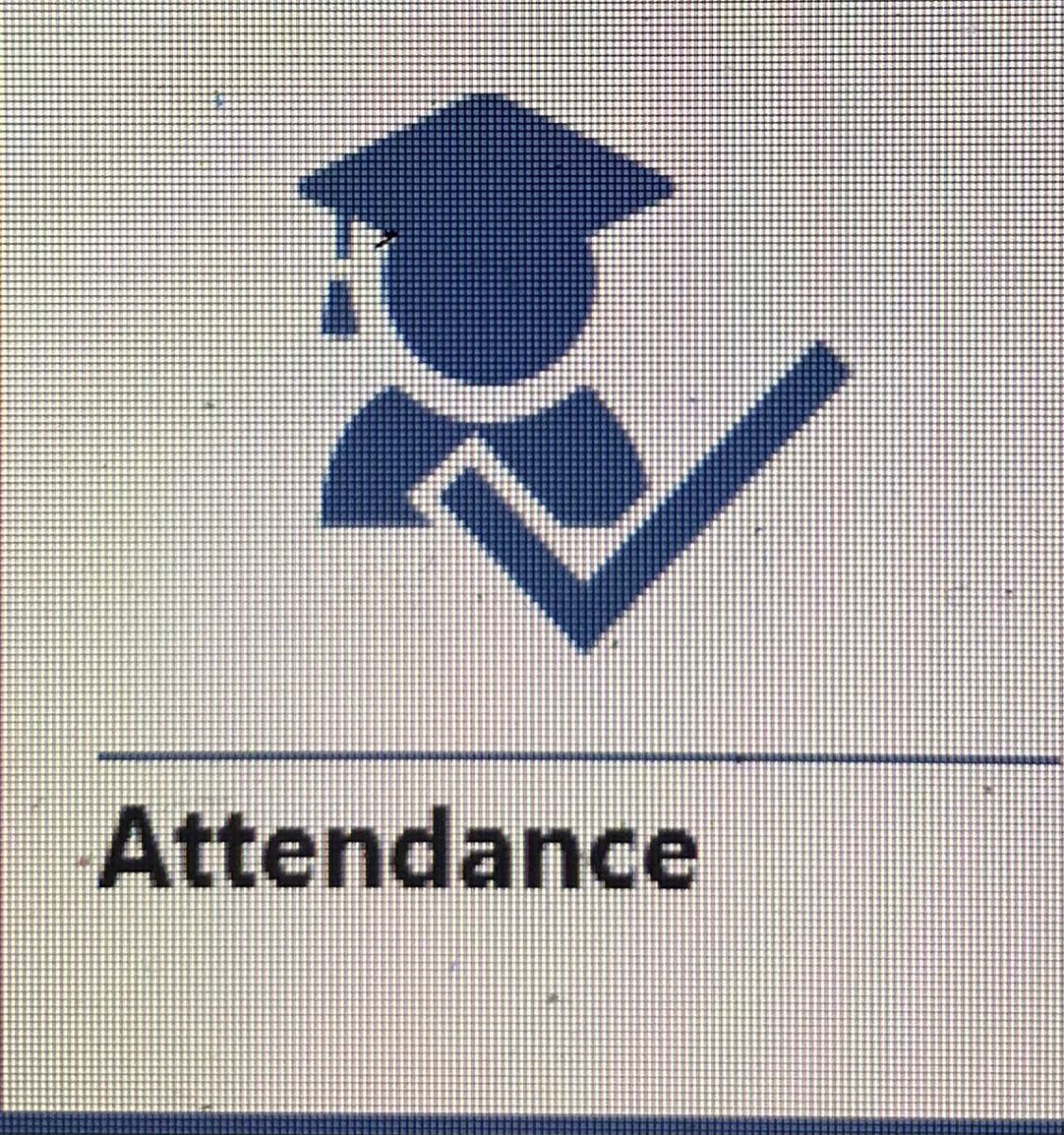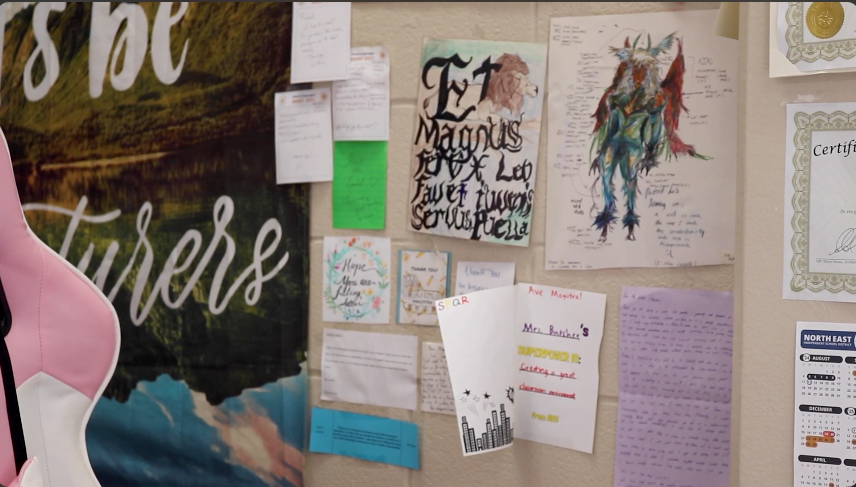by Emma Fitzhugh | editor-in-chief
Walking into the computer lab in room E206, the door is propped open for people to come in, yet the entire room room is surrounded by darkness. The only source of light comes from the screens of a dozen or so computers, illuminating the faces of about 20 students who are completely focused on what’s in front of them. The only sound that can be heard is the occasional clicking of keys. In the midst of this scene, AP U.S. History teacher and Model UN sponsor Timothy Green makes a comment. “We’re trying to find out if this country has a renewable energy source…”
“So I think that Model U.N. is not something that a lot of people know about, and Model UN in its essence is a group of kids that are getting together to simulate the actions of the United Nations. And for those of us who don’t know what the United Nations is, it’s an international body which goes and makes decisions, and tries to create regulations for nations to agree upon,” junior and Secretary General of Model U.N. Grayson Pike said.
Model United Nations is an extracurricular class in which students of all grades have the opportunity to engage in competitions, known as conferences, where they simulate the actions of the real United Nations. Students are first assigned a country to represent, and are then given a certain amount of time to prepare for the conferences by researching their country’s position on a variety of topics.
“So like immigration, regulation of weapons, trading, international standards, things like that. So what we’re doing here is, just to give you an example, we go and participate in a competition where we go out to a conference, is what they’re called; they’re called conferences. And that conference will be composed of about 10 different committees, and each committee will have a different subject. So for example, you are assigned a country and then you have a topic that you will be talking about with several other countries,” Pike said.
Depending on the country that a student may be representing, the viewpoints may vary depending on the individual topics, according to Pike.
“So [say] for example if you were assigned Saudi Arabia and the topic is international labor laws. So you would go and you would be in a room with anywhere from 20 to 130 other people that are all representing their own countries. And what you have to do is, you have to adequately represent the views of your country, and be authentic to what your country would say. So if you’re representing Saudi Arabia, you’d have a lot of different views from say, representing the United States.”
This conference enables students to meet other people interested in Model UN from across the world potentially, as well as hear a variety of perspectives about global issue, and how to agree upon a resolution of sorts.
“And what’s really interesting is that in doing that, you get a really good perspective on international views, and you’re not just focused [on yourself]. A lot of people don’t realize some of the viewpoints and kind of…what goes into the decision-making processes of other countries around the world,” Pike said.
Before students can participate in the conferences, they must first conduct research on their individual country and be prepared to share their findings.
“MUNSA is Model U.N. San Antonio; it’s the largest San Antonio conference. It’s run by ISA, which is a charter school. Coming up here in January we’re going up to Trinity, which is the next large conference. And right now the delegates in there are doing preparations to; they’re formalizing notes, and what’s called a position paper, which is where they formally lay out their country’s position on a given topic. And so we’re given time to kind of research and formulate an opinion before hand,” Pike said.
Along with the extracurricular Model UN class, students may also chose to participate in the Model UN club, where members meet every week and are able to formulate their positions and practice giving their speeches.
“Well the club is more for people who would like to be in UN but aren’t necessarily given the opportunity given their school schedule. A lot of people can’t throw in a regular class in their schedule and make it work, so for those who can’t do that they can come to the club meetings,” Pike said. “They can find out when the competitions are, get assigned a country, and still be able to participate in the competitions without having to sacrifice a class period during the day.”
In the Model UN club, Pike went on to say how he is the Secretary General, in which his responsibilities include monitoring the other secretaries and ensuring conferences are scheduled as needed.
“So Model UN has what are called secretaries, so for example I am the Secretary General, which would be I suppose analogous to a President of a club. And then we have Secretaries of the Interior, which is the person who’s in charge of making sure that all of the delegates in our program are prepared for conferences. And we have our Secretary of the Exterior, who’s in charge of like- they would be kind of the PR person. They’re in charge of creating events,” Pike said.
Along with Pike, junior Garrett Christensen is involved in both the class and the club, where one of his responsibilities includes regulating the number of students that can participate in each of the conferences.

“Well it’s [officer positions] basically meant on experience. My role is really Secretary of the Exterior, in which usually I’m kind of like third in command behind the Secretary of the Exterior, Interior, and the Model UN Secretary General. And what happens with that is when you’re more likely to be in a leadership position, you’re bound to be a chair in Johnson-sponsored, or one of Johnson’s, Model UN conferences they themselves sponsor,” Christensen said. “We get to run a committee on Johnson’s only Junta conference which helps train our, some of the newer delegates-people who aren’t used to this process. And I get to chair, I get to pick people, and I get to hold a gavel. So all of those things.”
Christensen went on to say how the people in his sixth period Model UN class seem to be interested in a variety of topics, however, each person seems to be devoted to adequately representing their country’s position when necessary.
“What I like most about it [would be] the political science and foreign affairs I get to do, learning a country’s perspective, and meeting so many fascinating people. All these people in here- they’re great. They’re amazing. They’re so unique, and [they’re] independent-minded people who really want to devote themselves to learning the country’s position, [and] how a political process works within the real United Nations,” Christensen said.
While students may have a wide range of career goals, the participation in the conferences is something that can unite all of the students.
“Some people also have different backgrounds on what they want to be. Some want to be President, some want to be a businessman-that’s me; some want to be a diplomat, some want to be a coach maybe, some want to be an interpreter. All these different occupations that they want to be in. That’s also an interesting thing is that I get to learn what they want to be and why they’re in here [Model UN],” Christensen said.
The Model UN class, and club, are both sponsored by AP U.S. History teacher Timothy Green, who ensures that the students are signed up for any upcoming conferences and have enough time to conduct research depending on what topic they will be discussing.
“The next conference that we have is Model UN San Antonio [MUNSA]; it’s ran by ISA. It’s going to be January 6 through the 8 at Trinity University, and the one that follows that is going to be, I believe it’s February 20 and that is at St. Mary’s Hall; is doing a one-day conference,” Green said. “It [amount of prep time] varies anywhere from a few weeks to a few months, depending on… typically when we sign up for a conference, we’ll register and then that conference will assign us countries and committees and I get them out to the students. And they’ll have anywhere from a couple of weeks to a month or so to research and prepare, and develop their position.”
When students are at a conference, the participants are then judged by either high school or college students, and the results of the conference can vary depending on several factors, according to Green.
“I help them prepare, and I’m a wallflower during the competition. It’s kind of, not only discouraged it’s frowned upon to have any interaction with the students during the actual committee times. Now I can talk to them before and after, and during breaks, but typically by the time we get to the committees they’re [students] ready to go and they’re on their own,” Green said. “They [judges] look at authenticity, participation, diplomacy, public speaking, and those factors all kind of come into play when they make those decisions.”
Because the individual committees aren’t all judged according to the same factors, the number of awards received by individual schools can also vary, however there may be other benefits to attending these conferences, according to Green.
“We really focus on trying to represent the country that we are representing authentically, looking at the issues and representing their perspective on the issues. We represent our school well, and we do well in the competitions. It’s, sometimes because it’s a judged competition, we may not walk away with as many awards as we feel that we may have deserved, but as long as the students feel like they did a good job, they participated, they represented their country well, it’s kind of left out of our hands after that.”
Pike seems to agree with Green, who went on to explain how he enjoys meeting people who not only are from multiple countries, but also present different supporting evidence for their individual country that they are representing.
“You get to see a lot of opinions that differ from your own, and the coolest thing is, first going into UN I didn’t realize like, the diversity of opinion. When you meet, you’ll meet people from everywhere, not just other schools but also out of the country. Like you’ll meet people who are coming to the United States to compete, from European countries and South American countries,” Pike said. “And you get to hear what they think about different international issues, and also just after the conference is over with you get to just meet with a whole bunch of people. And then every year you go back to the conference and you might meet somebody that you were talking to before.”


